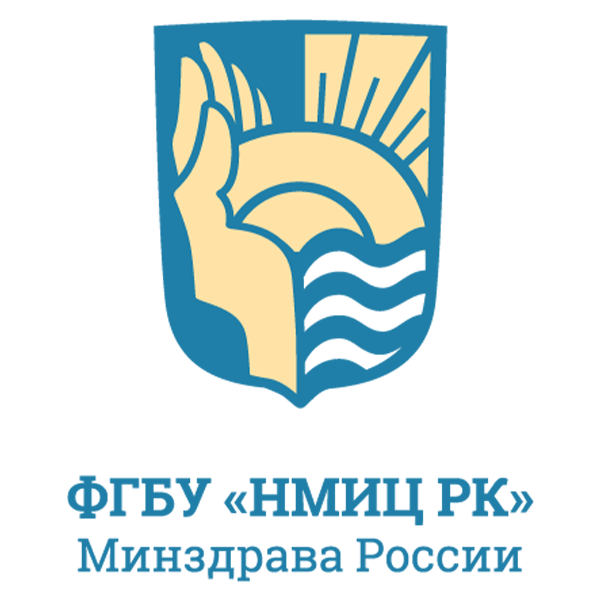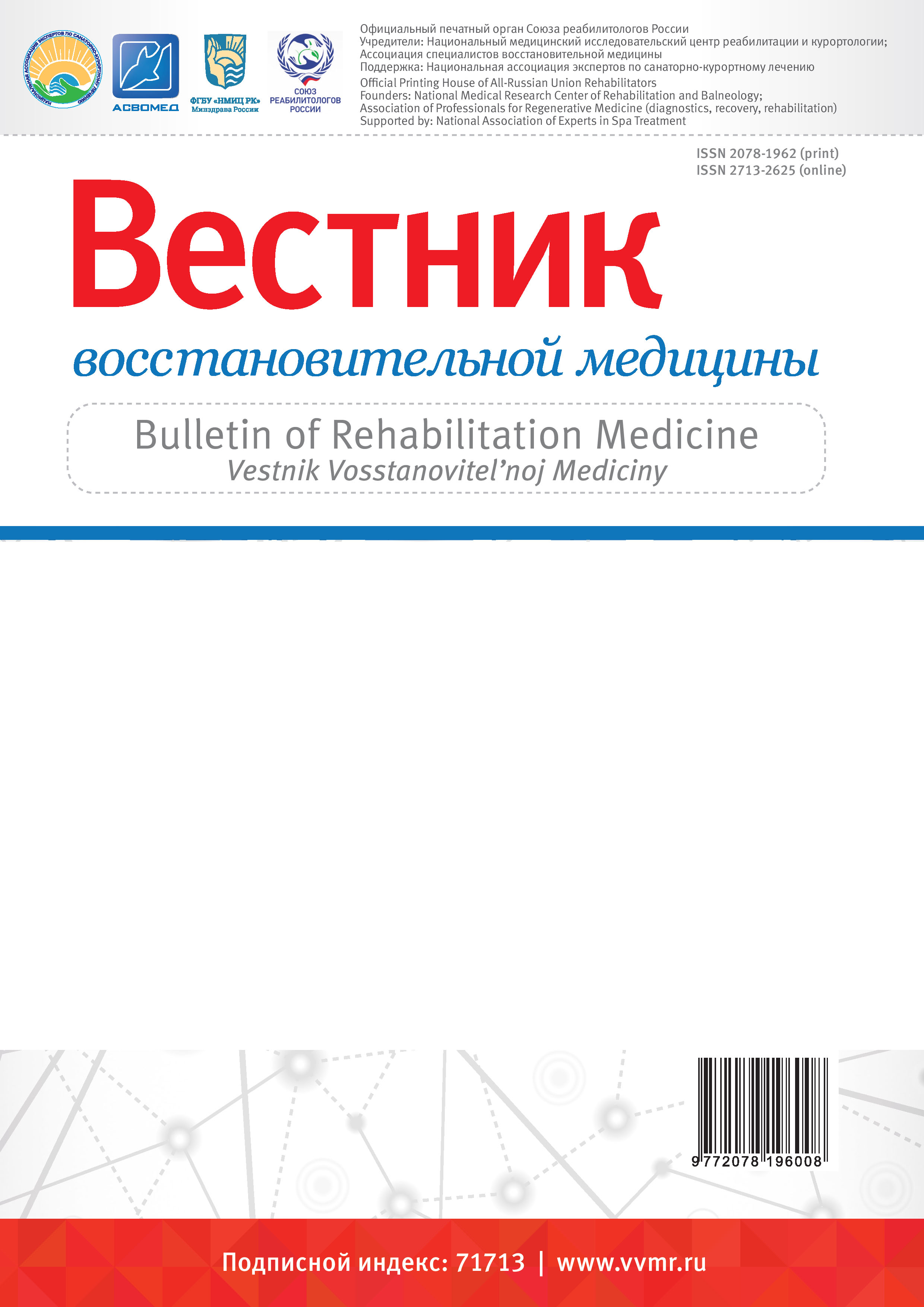The use of adaptive physical culture in the system of complex rehabilitation of patients with cerebral palsy (CP) is becoming more popular. Adaptive climbing (AC) is one of these types of physical culture and sports activities. Currently, there are not many data in the domestic and world literature devoted to the study of the AC use in the complex rehabilitation of patients with CP. Aim. Evaluation of the eff ectiveness and safety of AC in the rehabilitation of children and adolescents with spastic forms of CP in addition to conventional medical rehabilitation. Material and methods. The study included 30 patients aged from 5 to 18 years with spastic forms of CP who were allocated into one of two groups: the 1st group, the study group (n=15) — patients who underwent standard medical rehabilitation and AC classes; the 2nd group, the control group (n=15) — participants who received only medical rehabilitation. A comprehensive assessment of the rehabilitation measures eff ectiveness and safety was performed before the start of AC classes and after 3 months using clinical neurological and instrumental examinations, including biomechanical examination (electropodography, video analysis of walking and stabilography). Results. Group 1 patients showed a statistically signifi cant improvement in general motor functions on the GMFM-88 scale (p=0,0001), a decrease in the level of spasticity on the мodifi ed Ashworth scale (p=0,0051) and an improvement in manual abilities on the MACS scale (p=0,0431) 3 months after inclusion in the study. Positive dynamics in the form of an increase in the symmetry of step time (p=0,0063), step length (p=0,0083) and step velocity (p=0,0409) were noted according to the electropodographic study in the 1st group. A statistically signifi cant increase in the range of motion in the hip (p=0,0038) and knee joints (p=0,0076) was detected in the 1st group according to video analysis of walking. There was no signifi cant change in the indicators in the 2nd group, except for the severity of spasticity on the modifi ed Ashworth scale (p=0,0180). A positive correlation was found between the indicators “step length” and “ step velocity” (r=0,605, p=0,0168). A negative correlation was found between the “step velocity “ indicator and the GMFCS score (r= – 0.832, p=0,0372). Only 2 adverse events were registered in the study group: acute respiratory viral infection and wrist injury during AC. Conclusion. AC, in addition to traditional methods of medical rehabilitation, leads to a decrease in spasticity, increased joint mobility and control of voluntary movements, improved maintenance of the body position, walking and precise hand movements, and also has a favorable safety profi le. AC is an eff ective and safe motivating method of physical culture that can change the patient’s view on traditional therapy.
cerebral palsy, adaptive physical education, adaptive climbing, biomechanics, electropodography, video analysis of walking, stabilography, rehabilitation, physical rehabilitation
1. Semenova E. V., Klochkova E. V., Korshikova- Morozova A.E., Truhacheva A. V., Zablockis E. Yu. Reabilitaciya detey s DCP: obzor sovremennyh podhodov v pomosch' reabilitacionnym centram. Moskva. Lepta kniga. 2018: 584 s.
2. Heinen F., Desloovere K., Schroeder A. S., Berweck S., Borggraefe I., Campenhout A., Andersen G. L., Aydin R., Becher J. G., Bernert G., Caballero I. M., Carr L., Valayer E. C., Desiato M. T., Fairhurst C., Filipetti P., Hassink R. I., Hustedt U., Jozwiak M., Kocer S. I., Kolanowski E., Krägeloh- Mann I., Kutlay S., Mäenpää H., Mall V., McArthur P., Morel E., Papavassiliou A., Pascual- Pascual I., Pedersen S. A., Plasschaert F. S., van der Ploeg I., Remy- Neris O., Renders A., Di Rosa G., Steinlin M., Tedroff K., Valls J. V., Viehweger E., Molenaers G. The updated European Consensus 2009 on the use of Botulinum toxin for children with cerebral palsy. European Journal of Paediatric Neurology. 2010; 14(1): 45-66. https://doi.org/10.1016/j.ejpn.2009.09.005
3. Korzeniewski S. J., Slaughter J., Lenski M., Haak P., Paneth N. The complex aetiology of cerebral palsy. Nature Reviews Neurology. 2018; 14(9): 528-543. https://doi.org/10.1038/s41582-018-0043-6 4. Baranov A. A., Namazova- Baranova L.S., Kuzenkova L. M., Kurenkov A. L., Klochkova O. A., Mamed'yarov A. M., Karimova H. M., Bursagova B. I., Vishneva E. A. Detskiy cerebral'nyy paralich u detey: klinicheskie rekomendacii. Moskva. Soyuz pediatrov Rossii. 2016: 36 s.
4. Volkova E. A., Zhukovskaya A. V., Kukushkina E. A., Fedorova P. S. Adaptivnaya fizicheskaya reabilitaciya dlya lic s DCP: metodicheskie materialy.
5. Yaroslavl'. 2016: 68 s. 6. González- Alonso M.Y., Maria Cabello A. C. Caracteristicas de los usuarios de la Asociación de Paralysis Cerebral [Characteristics of patients of the Cerebral Palsy Association]. Semergen. 2018; 44(8): 557-561. https://doi.org/10.1016/j.semerg.2018.07.003
6. Koch H. G.B., Peixoto G. O., Labronici R. H.D.D., Silva N. C.O.V., Alfi eri F. M., Portes L. A. Therapeutic climbing: a possibility of intervention for children with cerebral palsy. Acta Fisiátrica. 2015; 22(1): 35-38. https://doi.org/10.5935/0104-7795.20150008
7. Akinola B. I., Biri C. A., Odebiyi D. O. Eff ect of a 10-Week Aquatic Exercise Training Program on Gross Motor Function in Children with Spastic Cerebral Palsy. Global Pediatric Health. 2019; (6): 2333794X19857378. https://doi.org/10.1177/2333794X19857378
8. Steimer J., Weissert R. Effects of Sport Climbing on Multiple Sclerosis. Frontiers in Physiology. 2017; (8): 1021 p. https://doi.org/10.3389/fphys.2017.01021
9. Sheyko G. E., Belova A. N., Balandina O. V., Kavinov M. A., Orinchuk V. A. Adaptivnoe skalolazanie v reabilitacii pacientov s detskim cerebral'nym paralichom. Adaptivnaya fizicheskaya kul'tura. 2021; 87(3): 32-35.
10. Orinchuk V. A., Orinchuk A. V., Ios'ko N. V., Kozhekov S. O. Organizaciya sorevnovaniy po adaptivnomu skalolazaniyu dlya detey i podrostkov s narusheniem intellekta. Adaptivnaya fizicheskaya kul'tura. 2021; 86(2): 48-50.
11. Skripleva E. V., Andreeva V. Yu. Fizicheskaya kul'tura - chast' kul'tury obschestva i lichnosti. Innovacionnaya ekonomika: perspektivy razvitiya i sovershenstvovaniya. 2018; 30(4): 141-145.
12. Frühauf A., Heußner J., Niedermeyer M., Kopp M. Expert View on Therapeutic Climbing-A Multi-Perspective, Qualitative Study. International Journal of Environmental Research and Public Health. 2021; 18(7): 3535 p. https://doi.org/10.3390/ijerph18073535
13. Smolina O. Yu. Paraklaymbing - adaptivnoe skalolazanie dlya detey s OVZ. Metodicheskie rekomendacii. Tyumen'. 2019: 33 s.
14. Christensen M. C., Jensen T., Voigt C. B., Nielsen J. B., Lorentzen J. To be active through indoor- climbing: an exploratory feasibility study in a group of children with cerebral palsy and typically developing children. BMC Neurology. 2017; 17(1): 112 p. https://doi.org/10.1186/s12883-017-0889-z
15. Orinchuk V. A., Kurnikova M. V. Effektivnost' zanyatiy po adaptivnomu skalolazaniyu v razvitii fizicheskih kachestv detey i podrostkov s invalidnost'yu. Kul'tura fizicheskaya i zdorov'e. 2020; 76(4): 181-184.
16. Salavati M., Ramaekers E. A., Wanting A., Krijnen W. P., Steenbergen B., van der Schans C. P. Gross motor function in children with spastic Cerebral Palsy and Cerebral Visual Impairment: A comparison between outcomes of the original and the Cerebral Visual Impairment adapted Gross Motor Function Measure-88 (GMFM-88-CVI). Research in Developmental Disabilities. 2017; (60): 269-276. https://doi.org/10.1016/j.ridd.2016.10.007






